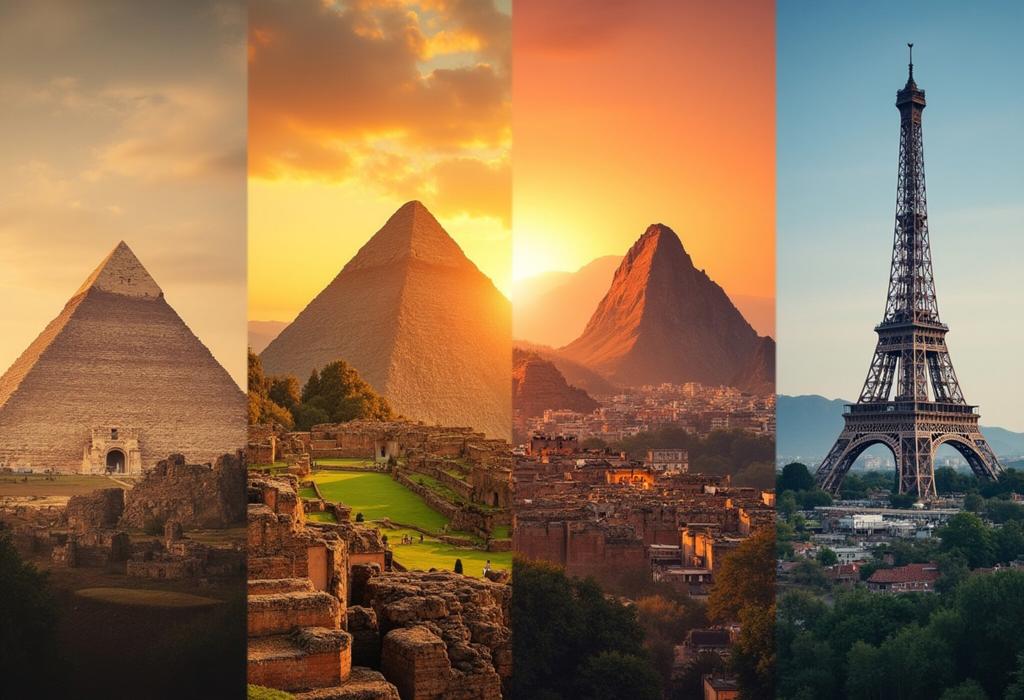For more details on this content, please review the step-by-step guide and frequently asked questions.
The Place Where Time Stood Still: The Moai of Easter Island

Step-by-Step Guide
Introduction to Easter Island
Begin by understanding the geographical significance of Easter Island, also known as Rapa Nui. It is one of the most remote inhabited islands in the world, located in the southeastern Pacific Ocean. This isolated setting has contributed to the unique development of its culture, particularly the iconic Moai statues.
Understanding the Moai Statues
Dive into the history and purpose of the Moai statues. These monolithic figures were carved by the Rapa Nui people between 1400 and 1650 AD. Typically made from volcanic tuff, the Moai represent ancestral figures and are believed to embody the spirits of ancestors, serving both religious and social functions.
The Construction Process
Explore the methods used by the Rapa Nui to carve and transport the Moai. Most statues were chiseled from volcanic rock using stone tools. Transportation involved innovative techniques, considering the massive weight of some Moai could reach up to 75 tons. Understanding these methods gives insight into the ingenuity of the Rapa Nui people.
The Cultural Significance
Examine how the Moai statues play a vital role in the Rapa Nui culture. They are not just artistic expressions but also serve as social and political symbols. The number of statues a clan could erect often indicated their power and resources, reflecting the hierarchy within Rapa Nui society.
The Decline of the Moai Construction
Discuss the factors that led to the decline in the construction of Moai. These included environmental degradation, resource depletion, and internal conflicts among clans. As trees were cut down for transportation needs, soil erosion became severe, impacting agricultural productivity and leading to societal unrest.
Reviving Moai Statues
Investigate recent efforts to restore and protect the Moai statues as part of preserving Rapa Nui's cultural heritage. Organizations, both local and international, are involved in conserving these monumental figures, highlighting their importance as UNESCO World Heritage Sites.
Tourism and Economic Impact
Analyze the impact of tourism on Easter Island. The Moai attract thousands of visitors each year, providing economic opportunities for the local community. However, it’s crucial to balance tourism with conservation efforts to protect these irreplaceable statues.
Mysteries and Theories
Delve into the ongoing mysteries surrounding the Moai. Cover various theories about their presence, including who the Rapa Nui were, how they transported the Moai, and what the ultimate fate of the society was. This segment can explore archaeological findings and debates in the academic community.
Visiting Easter Island Today
Provide practical information for potential visitors, including when to visit, how to get there, and what to expect. Highlight key points of interest, such as Rano Raraku quarry, Ahu Tongariki, and the Orongo ceremonial village, where visitors can see Moai in various settings.
Conclusion and Reflection
Sum up the importance of the Moai not just as cultural artifacts but as symbols of resilience, ingenuity, and the complex history of human societies. Encourage readers to reflect on the lessons that can be learned from the Rapa Nui experience.








